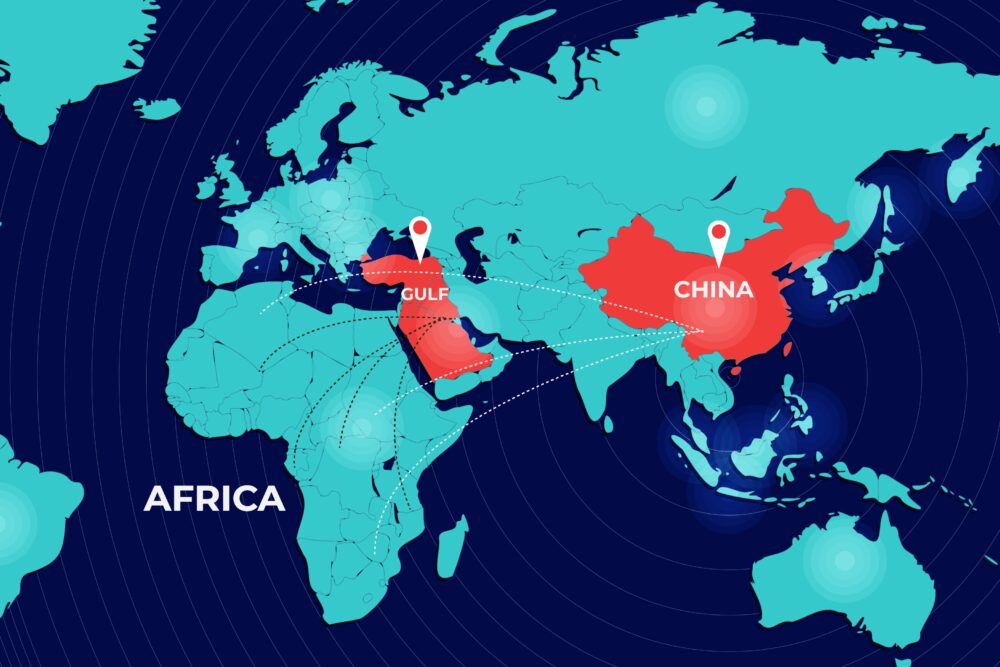The Estonian central bank announced earlier this month that it had launched a research project into a central bank digital currency. Known as Eesti Pank, the bank revealed it would look into how its e-government technology could be integrated into a digital money infrastructure. We caught up with Rainer Olt, head of Payments and Settlement Systems Department, to talk about this project and plenty more.
Eesti Pank believes that a CBDC would give residents and businesses a new way to deposit money, as CoinGeek reported.
Speaking to CoinGeek, Olt further revealed, “The research project covers backend infrastructure (scalability and privacy are of particular interest) and front end solutions for retail payments that suit the ever more digital landscape between individuals and businesses. The requirements of CBDC are outlined in the report jointly agreed by the Eurosystem central banks and published by the ECB recently.”
Eesti Pank is seeking to “address and overcome the bottlenecks of DLTs for bearer CBDC.” The research project, a partnership with tech companies Guardtime and SW7 Group, is part of the European Central Bank’s high level task force, Olt revealed. The project will feed into a report that the ECB is set to release mid next year on whether Europe is ready for a digital euro.
Estonia has been a global pioneer in digitalization. Named the world’s most digitally advanced society by Wired, the Northern European country currently offers 99% of all its government services online. Estonia has also invested in its KSI blockchain network which it uses to enhance security and privacy of its networks and systems. However, despite the digital advancements, Estonia trails other countries such as China and the Bahamas in CBDC research and development.
Olt explained that this has to do with the direction the ECB provides.
“As part of the Eurozone, it [CBDC development] cannot be a decision of one central bank, it is a joint effort of the Eurosystem. Now, after the publication of the ECB report […] Eurozone national central banks can become active. This is why Eesti Pank launched its research project into CBDC, piggybacking on the know-how of running a digital government on KSI blockchain that is highly scalable and ensures privacy of personal data of each Estonian citizen and e-resident.”
Estonia’s digitalization has come with its challenges, one of which is the rise of digital fraudsters. As CoinGeek reported, the country’s e-Residency has been linked to growing digital currency fraud globally. As local authorities revealed, overseas companies owned by e-residents of Estonia have been at the center of some large exit scams in recent months.
Olt remarked, “Unfortunately, this side effect is true. The digital image of Estonia and the e-residency scheme increases trustworthiness and is a target for fraudsters. Action has been taken by appropriate instances. But it should be emphasized that these frauds have not related to the technology used by e-residency.”








